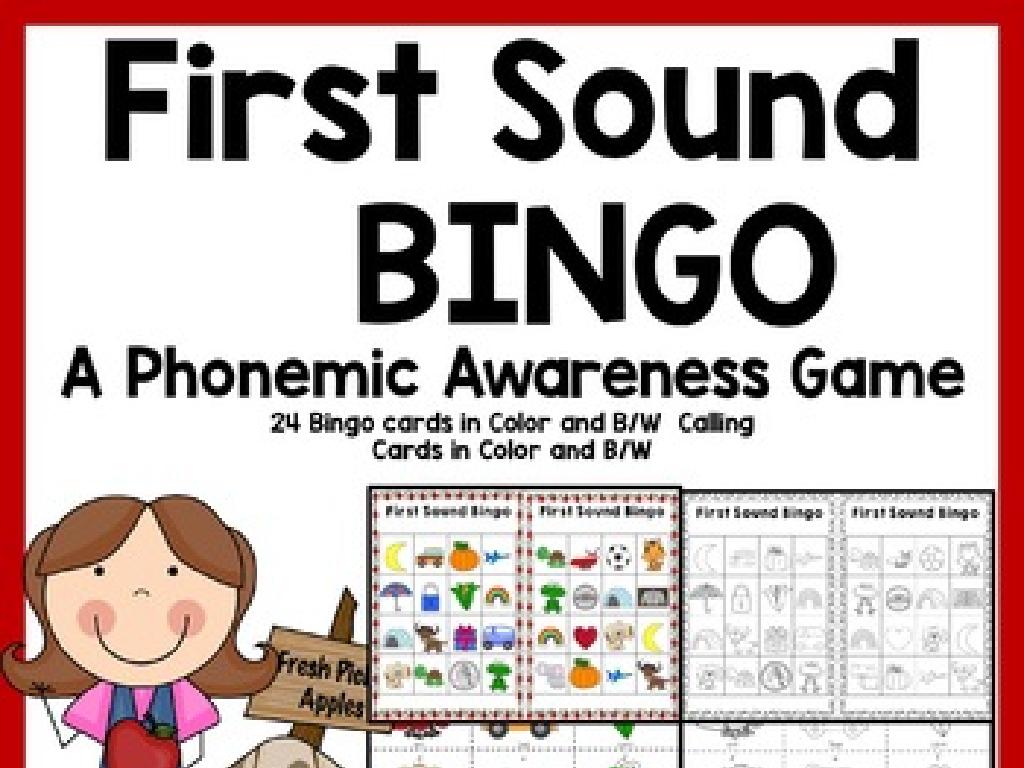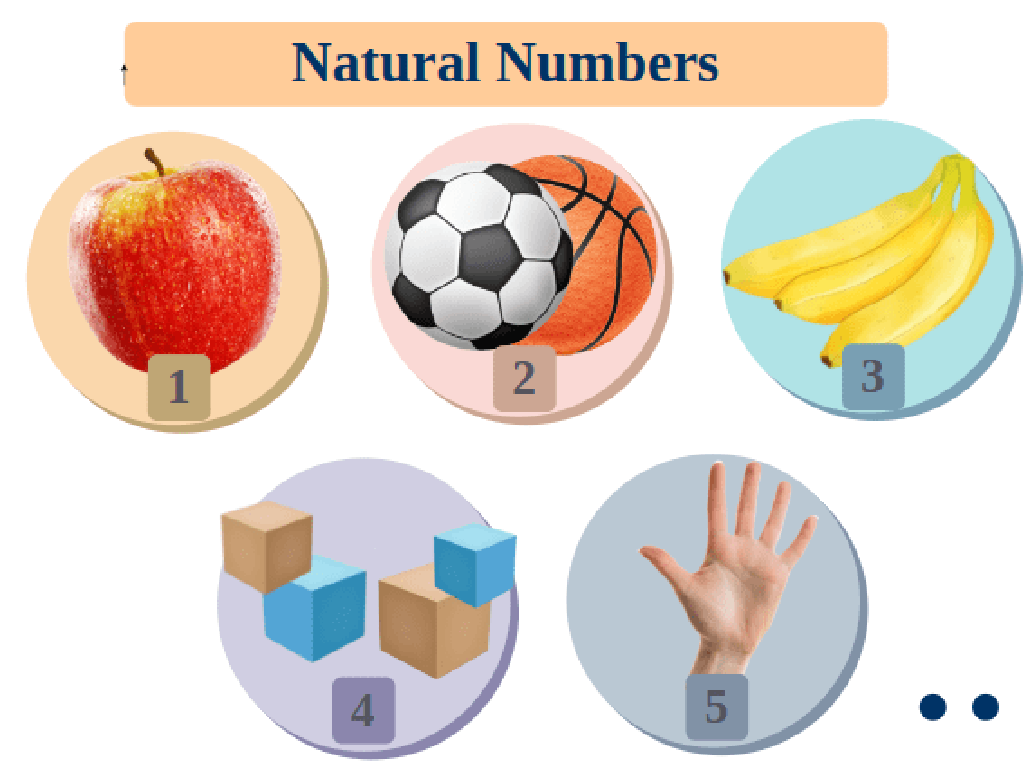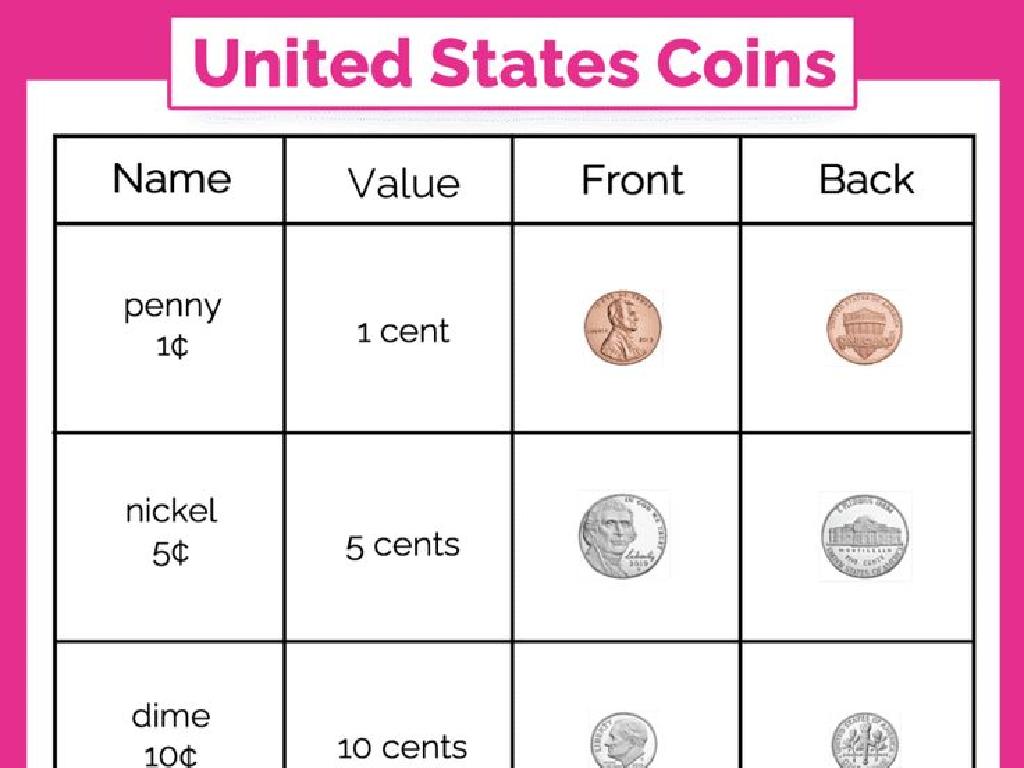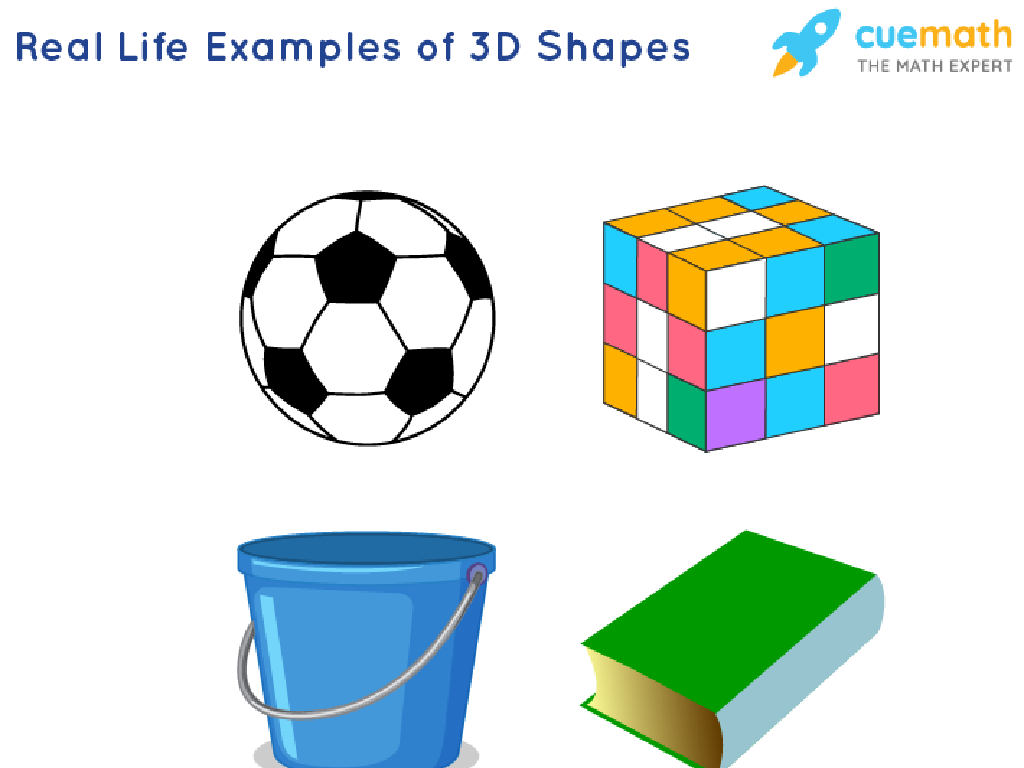Name Countries Of South America
Subject: Social studies
Grade: Eighth grade
Topic: The Americas: Geography
Please LOG IN to download the presentation. Access is available to registered users only.
View More Content
Welcome to South America!
– Explore the South American continent
– A diverse continent with rich cultures and landscapes
– Learn South America’s countries
– 12 sovereign states, each with unique features and history
– Understand geography’s role
– Geography shapes economies, cultures, and interactions
– Significance in The Americas
– Insights into political borders and environmental diversity
|
This slide introduces students to the continent of South America, setting the stage for a deeper dive into its countries and the significance of geography in understanding The Americas. Emphasize the diversity of the continent, which includes a wide range of ecosystems from rainforests to mountains. Highlight that geography is not just about physical landscapes but also influences cultural and economic aspects of a country. Encourage students to think about how the location of a country might affect its climate, natural resources, and culture. This will help them appreciate the interconnectedness of geography and human activity within The Americas.
Exploring the Map of South America
– Locate South America on a globe
– Interactive country identification
– Students will take turns to identify countries on the map
– Discuss and highlight each country
– As countries are named, we’ll highlight them on the map
– Engage with the geography of the continent
– Understand the spatial relationships between countries
|
This slide is designed to be interactive, helping students to visually and physically engage with the geography of South America. Begin by showing where South America is on a world map or globe. Then, move into an interactive activity where students will come up to the map and point out countries as they are named, which helps with retention and recognition. As each country is identified, use a pointer or a digital tool to highlight that country on the map, making it a visual experience. Discuss each country briefly, mentioning key facts like the capital city or the language spoken. This activity not only helps students learn the countries of South America but also how they are geographically related to each other.
Countries of South America and Their Capitals
– List South American countries
– Brazil (Brasília), Argentina (Buenos Aires), etc.
– Capitals and their pronunciation
– Emphasize correct pronunciation, e.g., ‘Buenos Aires’ sounds like ‘BWAY-nos EYE-res’
– Fun facts about each country
– Brazil: largest coffee producer; Peru: home of Machu Picchu
– Engage with South American geography
|
This slide aims to familiarize students with the countries of South America and their capitals. Start by presenting the full list of countries and their capitals. Engage the class in pronunciation practice to ensure they can correctly say each name. Share a fun fact about each country to spark interest and make the learning process enjoyable. For example, discuss how Brazil is the world’s largest coffee producer and Peru is known for the ancient Incan city of Machu Picchu. Encourage students to explore the map of South America and locate each country and capital. This will help them connect the information to a visual reference and better retain the knowledge.
Physical Features of South America
– Explore the Andes Mountains
– Longest continental mountain range in the world, spanning seven countries.
– Navigate the Amazon River
– Second longest river globally, supports diverse ecosystems.
– Uncover the Atacama Desert
– One of the driest places on Earth, located in Chile.
– Geography’s impact on life
– Climate, resources, and terrain shape cultural practices.
|
This slide aims to introduce students to the major physical features of South America and how these features influence the culture and lifestyle of the people living there. The Andes Mountains, Amazon River, and Atacama Desert are not only geographical landmarks but also play a significant role in the development of social and economic activities in the region. For the class activity, prepare a worksheet with a map of South America, listing the physical features and countries separately. Students will match each feature with the correct country. This will help them understand the location and significance of each feature. Possible variations of the activity could include a team competition, a timed challenge, or creating a digital interactive map for online matching.
Cultural Tapestry of South America
– Diversity of South American cultures
– A melting pot of traditions and customs
– Indigenous, European, African, Asian influences
– Historical interactions shaped the cultural landscape
– Music and food as cultural expressions
– Salsa from Colombia, BBQ from Argentina, Quechua and Aymara languages
– Linguistic variety across the continent
– Spanish, Portuguese, and indigenous languages widely spoken
|
This slide aims to give students a glimpse into the rich cultural diversity of South America. Highlight the blend of indigenous cultures with those of European colonizers, African slaves, and Asian immigrants. Provide examples such as the influence of indigenous people on languages, European impact on architecture, African contribution to music and dance, and Asian influence on cuisine. Use specific examples like the popularity of salsa music originating from Colombia, the traditional Argentine barbecue, and the prevalence of Quechua and Aymara languages in the Andean regions. Emphasize the linguistic diversity, with Spanish and Portuguese being the dominant languages, but with many countries also recognizing indigenous languages. Encourage students to explore more about the unique cultural aspects of each South American country.
Economic Overview of South America
– Main economic activities
– Agriculture, mining, and tourism are key sectors.
– Natural resources impact
– Rich in resources like oil, copper, and soybeans.
– Trade’s role in connectivity
– Exports and imports link South America globally.
– Global economic integration
|
This slide aims to provide students with an understanding of the economic landscape of South American countries. Emphasize the diversity of economic activities, with agriculture being predominant in countries like Brazil and Argentina, mining in Chile and Peru, and tourism in places with rich cultural heritage or natural beauty. Highlight the abundance of natural resources in the region and how this shapes their economies. Discuss the importance of trade agreements and partnerships that South American countries have with other regions, facilitating the exchange of goods and services on a global scale. Encourage students to think about how these economic factors influence daily life and international relations.
Class Activity: Explore South American Countries
– Divide into groups for research
– Each group gets a country
– Investigate geography, culture, economy
– Look into landforms, climate, traditions, languages, industries, and currency
– Prepare a group presentation
|
This class activity is designed to engage students with the geography, culture, and economy of South American countries. Divide the class into small groups and assign each group a different country to research. Provide resources such as textbooks, library access, and internet for students to gather information. Encourage them to look into specific aspects such as the country’s major landforms, climate, traditional practices, languages spoken, key industries, and the currency used. Each group will prepare a short presentation to share their findings with the class, allowing students to teach and learn from each other. This activity promotes teamwork, research skills, and public speaking. Possible countries for assignment include Brazil, Argentina, Peru, Colombia, and Chile among others.
Conclusion: South American Geography Recap
– Summarize today’s geography lesson
– Quick quiz on South American countries
– Can you recall all the countries we’ve learned?
– Homework: Paragraph on a favorite country
– Choose one country and express your interest
– Discuss what makes that country intriguing
– Consider culture, landscape, history, etc.
|
As we wrap up today’s lesson on the geography of South America, it’s important to revisit the main points to reinforce student learning. Start with a brief summary of the countries and their geographical features. Then, engage the class with a quick quiz to name all the countries in South America, which will help solidify their knowledge. For homework, students will write a paragraph about their favorite South American country, explaining their choice and interest. This exercise encourages personal connection to the material and deeper research. In the next class, invite students to share their paragraphs, fostering a discussion on the diverse cultures and environments within South America.






